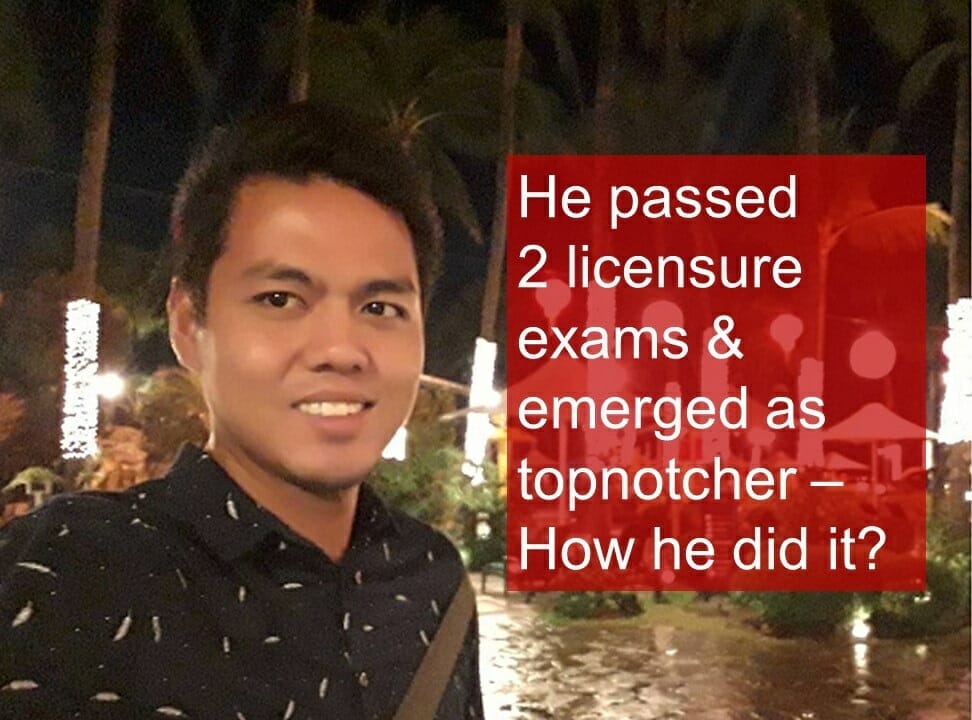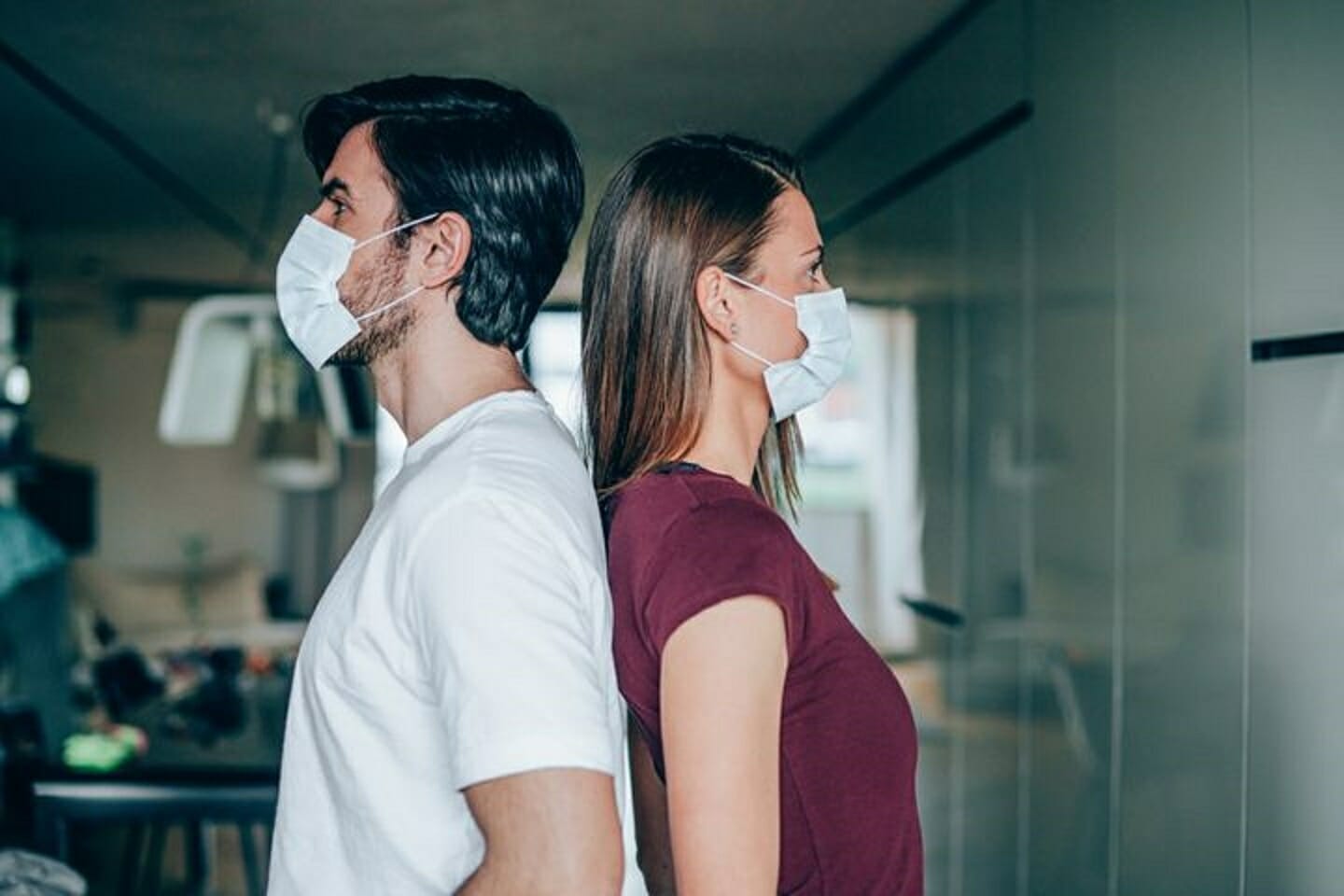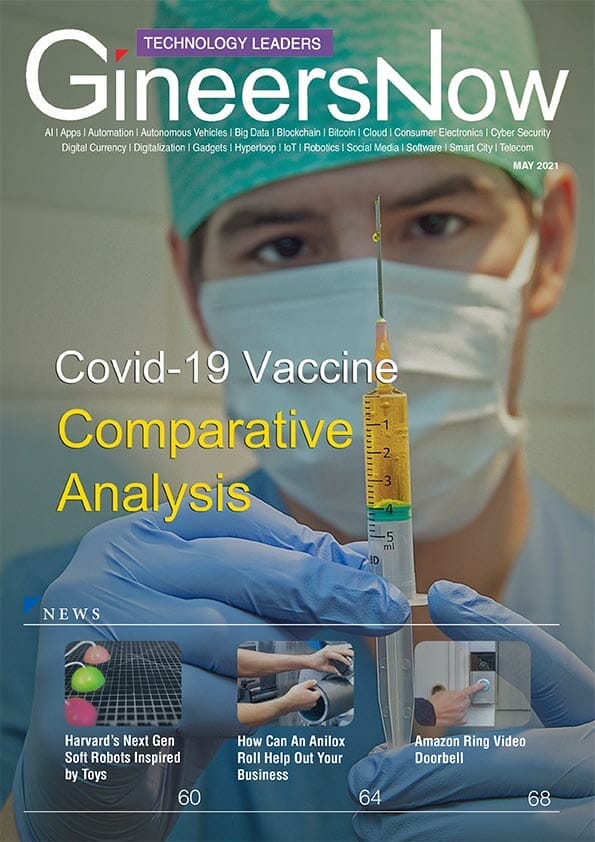Aviation Industry
The International Air Transport Association (IATA) revealed details of its proposed temporary layered approach to biosecurity for re-starting passenger flights amid the COVID-19 crisis.
IATA has published Biosecurity for Air Transport: A Roadmap for Restarting Aviation Industry which outlines IATA’s proposal for a layering of temporary biosecurity measures. The Roadmap aims to provide the confidence that governments will need to enable the re-opening of borders to passenger travel; and the confidence that travelers will need to return to flying.
“There is no single measure that will reduce risk and enable a safe re-start of flying. But a layering measures that are globally implemented and mutually recognized by governments can achieve the needed outcome. This is the greatest crisis that aviation industry has ever faced. A layered approach has worked with safety and with security. It’s the way forward for biosecurity as well,” said Alexandre de Juniac, IATA’s Director General and CEO.

Highlights of the Roadmap
Pre-flight, IATA foresees the need for governments to collect passenger data in advance of travel, including health information, which should be accomplished using well-tested channels such as those used for eVisa or electronic travel authorization programs.
At the departure airport, IATA foresees several layers of protective measures:
- Access to the terminal building should be restricted to airport / airline workers and travelers (with exceptions being made for those accompanying passengers with disabilities or unaccompanied minors)
- Temperature screening by trained government staff at entry points to the terminal building
- Physical distancing through all passenger processes, including queue management
- Use of face coverings for passengers and masks for staff in line with local regulations.
- Self-service options for check-in used by passengers as much as possible to reduce contact points and queues. This includes remote check-in (electronic / home printed boarding passes), automated bag drops (with home printed bag tags) and self-boarding.
- Boarding should be made as efficient as possible with re-designed gate areas, congestion-reducing boarding priorities, and hand luggage limitations.
- Cleaning and sanitization of high touch areas in line with local regulations. This includes wide availability of hand sanitizers.
In-flight, IATA foresees several layers of protective measures:
- Face coverings required for all passengers and non-surgical masks for crew
- Simplified cabin service and pre-packaged catering to reduce interaction between passengers and crew
- Reduced congregation of passengers in the cabin, for example by prohibiting queues for washrooms.
- Enhanced and more frequent deep cleaning of the cabin

At the arrival airport, IATA foresees several layers of protective measures:
- Temperature screening by trained government staff if required by authorities
- Automated procedures for customs and border control including use of mobile applications and biometric technologies (which have already proven tack record by some governments)
- Accelerated processing and baggage reclaim to enable social distancing by reducing congestion and queuing
- Health declarations and robust contact tracing are expected to be undertaken by governments to reduce the risk of imported chains of transmission
IATA stressed that these measures should be temporary, regularly reviewed, replaced when more efficient options are identified or removed should they become unnecessary. Specifically, IATA expressed hope in two areas which could be ‘game-changers’ in facilitating efficient travel until a vaccine is found:
COVID-19 testing: IATA supports testing when scalable, accurate and fast results are available. Testing at the start of the travel process would create a ‘sterile’ travel environment that would reassure travelers and governments.
Immunity passports: IATA would support the development of immunity passports to segregate no-risk travelers, at a time when these are backed by medical science and recognized by governments.
IATA reiterated its opposition to social distancing on board aircraft and quarantine measures on arrival:
- Quarantine measures are obviated by the combination of temperature checks and contract tracing. Temperature screening reduces the risk of symptomatic passengers from traveling, while health declarations and contact tracing after arrival reduce the risk of imported cases developing into local chains of transmission.
- Social distancing on board (leaving the middle seat open) is obviated by the wearing of face coverings by all on board on top of transmission reducing characteristics of the cabin (everybody is front facing, air flow is from ceiling to floor, seats provide a barrier to forward/aft transmission, and air filtration systems that operate to hospital operating theatre standards).
The mutual recognition of globally agreed measures is critical for the resumption of international travel. IATA is reaching out to governments with the Roadmap. This engagement is in support of the COVID-19 Aviation Recovery Task Force (CART) of the International Civil Aviation Organization (ICAO) which is tasked with developing the global standards needed for the safe re-start of aviation industry .
“The Roadmap is the industry’s high-level thinking on safely re-starting aviation industry. Timing is critical. Governments understand the importance of aviation industry to the social and economic recovery of their countries and many are planning a phased re-opening of borders in the coming months. We have a short time to reach agreement on the initial standards to support safely reconnecting the world and to firmly establish that global standards are essential to success. This will change as technology and medical science advances. The vital element is coordination. If we don’t take these first steps in a harmonized way, we will spend many painful years recovering ground that should not have been lost,” said de Juniac.
Other COVID-19 Updates
COVID-19: SOCIAL IMPACT
GineersNow Distributes PPE to Medical Workers
Israeli Cured COVID-19 Patients Using Placenta
COVID-19: HARVARD BUSINESS SCHOOL
Harvard Talks: Engineering Sector’s Organizational Development
Harvard Talks: Engineering Leaders Will Engage in Teaming
Harvard Covid-19 Strategy on How to Reopen a Country
Harvard Talks: Forward-Thinking Engineering Leaders
Harvard Talks: Engineering Operation Impact of COVID-19
Harvard Talks: 7 Leadership Principles in the Time of COVID-19
Harvard Talks: Engineering Work Culture After COVID-19 Pandemic
Harvard Talks: 7 Leadership Principles in the Time of COVID-19
Harvard Talks: Cut Salaries or Cut People?
Harvard Talks: The Supply Chain in Post COVID-19 Era
COVID-19: WORLD HEALTH ORGANIZATION
WHO Preparedness and Response to COVID-19
WHO Q&A: COVID-19 and Influenza Comparison
COVID-19: CONSTRUCTION
Construction Force Majeure During COVID-19
Converting Existing Building to COVID-19 Hospital – WHO Guidelines
WHO COVID-19 Buildings & Tents Screening Layout Standards
COVID-19: HVAC
COVID-19 Hotel is a Huge HVAC Nightmare
Ventilation Standards for Buildings Converted to COVID-19 Hospitals
Air Filtration for COVID-19 Treatment Centers
ASHRAE on COVID-19 HVAC Concerns
COVID-19: ENERGY
Oil Price Crashes Below $0 per Barrel
Coronavirus will accelerate the growth of renewable energy solutions
COVID-19: ECONOMIC IMPACT
COVID-19 Economic Impact Analysis
COVID-19 Economic Aftermath on the Construction Industry
Postponed Exhibitions in the Philippines due to COVID-19
Cancelled Major Events Around the World Due to COVID-19
World Bank Gives $12 Billion to COVID-19 Affected Countries
COVID-19: VENTILATORS & PPE
UCLA Biodesign Fellow Focuses Biomedical Engineering Insights on Swabs Shortage
Philips Ventilator Respironics E30 for ICU COVID-19 Patients
Here’s the Tesla Ventilator Prototype
Lamborghini Medical Shields & Surgical Masks for Health Workers
UCLA Engineer Made a Ventilator from Hardware Items
Forecast Deaths, Hospitals & Ventilators: COVID-19 Impact, USA Full Report
Top 10 Largest Ventilator Manufacturers in the World
Metronic Ventilator Ramping Up Production
Engineers, Can You Help Build a DIY Ventilator for Hospitals?
PPE Shortage Endangering Health Workers Worldwide
COVID-19: STATISTICS & FORECASTS
COVID-19 Deaths to Reach 81,000 in US By June – Forecasts by IHME & Univ. of Washington
List of Government Officials Tested Positive in PH
COVID-19 War: 70K Physicians vs 109M Filipinos
Famous People Who Have Tested Positive for COVID-19
These Politicians Tested Positive for Coronavirus (COVID-19)
COVID-19 Philippines: DOH on Code Red Status
COVID-19: SCIENCE
100% Success Rate for Pluristem COVID-19 Treatment
What If There’s No Vaccine To Fight COVID-19?
COVID-19 Treatment: The Search Continues
Clean Air in Europe leads to 11K Fewer Deaths During Lockdown
Complete List of Companies Working on Coronavirus Vaccine
Tiger Tests Positive for Coronavirus at New York Zoo
COVID-19: PREVENTION TIPS
We Need Testing, Vaccine & Treatment, But Until That Happens, We Need This!
How to Create a COVID-19 Proof Workplace
Work From Home Tips for Engineering, Industrial & Tech Companies
Water is Our First Line of Defense Against COVID-19
The List of COVID-19 Disinfectants Approved by EPA
COVID-19: TECHNOLOGY
Robot Technology to Reinstate a COVID-Free Airport
How Artificial Intelligence Can Drive Greater Speed and Accuracy in Vaccine Development
Cyber-Criminals are Exploiting People’s Fears of COVID-19
COVID-19: MARKETING
How to Apply for Government Financial Assistance for SMEs
Harvard Talks: How Marketing Works During COVID-19
Rewriting Marketing in Times of COVID-19 Crisis?
Hyundai Motor Extends Warranties Due to COVID-19
Top 5 Most Traded Stocks During COVID-19
COVID-19: EDUCATION
Coaching Builds COVID-19 Resilience to Engineering Team
How COVID-19 Is Changing College Admissions Cycle in 2020
COVID-19: AVIATION
Can We Give Airline Financial Relief to Protect Their Jobs?
Airlines Around the World are Struggling to Survive
COVID-19: APAC Air Passenger Demand Dropped 65.5%
Emirates Airline Passenger Rules During COVID-19
Airlines Around the World are Struggling to Survive
Show Your COVID-19 Test Result at the Airport
The Most Modern Flying Hospital with ICU from Germany
COVID-19 Impact: 25 Million Jobs at Risk with Airline Shutdown
Airbus Gives 3D-Printed Hospital Visors to Health Workers
Airlines COVID-19 Analysis: Aviation Collapsed
Air Cargo Demand Down 3.3% due to COVID-19 Disruption
COVID-19 Financial Impacts in the AviationIndustry
COVID-19 Hits January Airline Passenger Demand, IATA




















